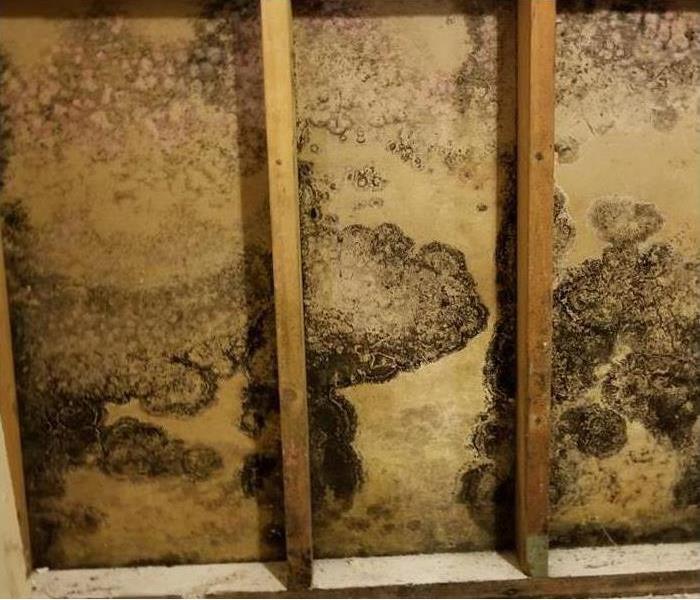3 Reasons Not To Use Bleach for Mold Cleanup
7/16/2018 (Permalink)
If your commercial property in has an infestation of mold, resist the urge to clean it with bleach. While the instructions on the bottle may promise proper disinfection, it is not effective for fungus cleanup and may actually make the problem worse. There are several reasons why it is not appropriate for mold remediation.
1. It does not kill mold. Bleach gives the appearance of eradicating mold without any real results. The change in color you see when applying this solution to help you clean up mold is merely the leaching of the color from the fungus. The mold is still there; it’s just in a lighter shade. It also is not meant to be used on porous surfaces. Mold, however, establishes its roots in porous surfaces, making it an ineffective solution.
2. It can make your mold problem worse. Rather than destroying mold growth and aiding in fungus cleanup, bleaching can actually encourage growth. Mold thrives in moist environments, and the solution in the bottle is mostly water. When you apply it to the area where the growth occurs, you are probably feeding the fungus more than you’re hurting it.
3. It is corrosive and can cause damage to the surfaces you are trying to save. In addition to being ineffective and counterproductive, bleaching can cause corrosion to the surface where the mold is growing. It can break down drywall and destroy the fibers in wood surfaces. When this corrosive element is combined with the toxic fumes it releases, it is not much better for your building than the mold that is growing there.
There are many solutions better suited to fungus cleanup than bleach. Mold remediation specialists can assess the damage and get rid of the problem with tried-and-true methods. It is best to avoid trying to resolve the issue yourself. Not only does bleaching not get rid of the mold problem, but it can also make the mold growth harder for the professionals to tackle






 24/7 Emergency Service
24/7 Emergency Service
